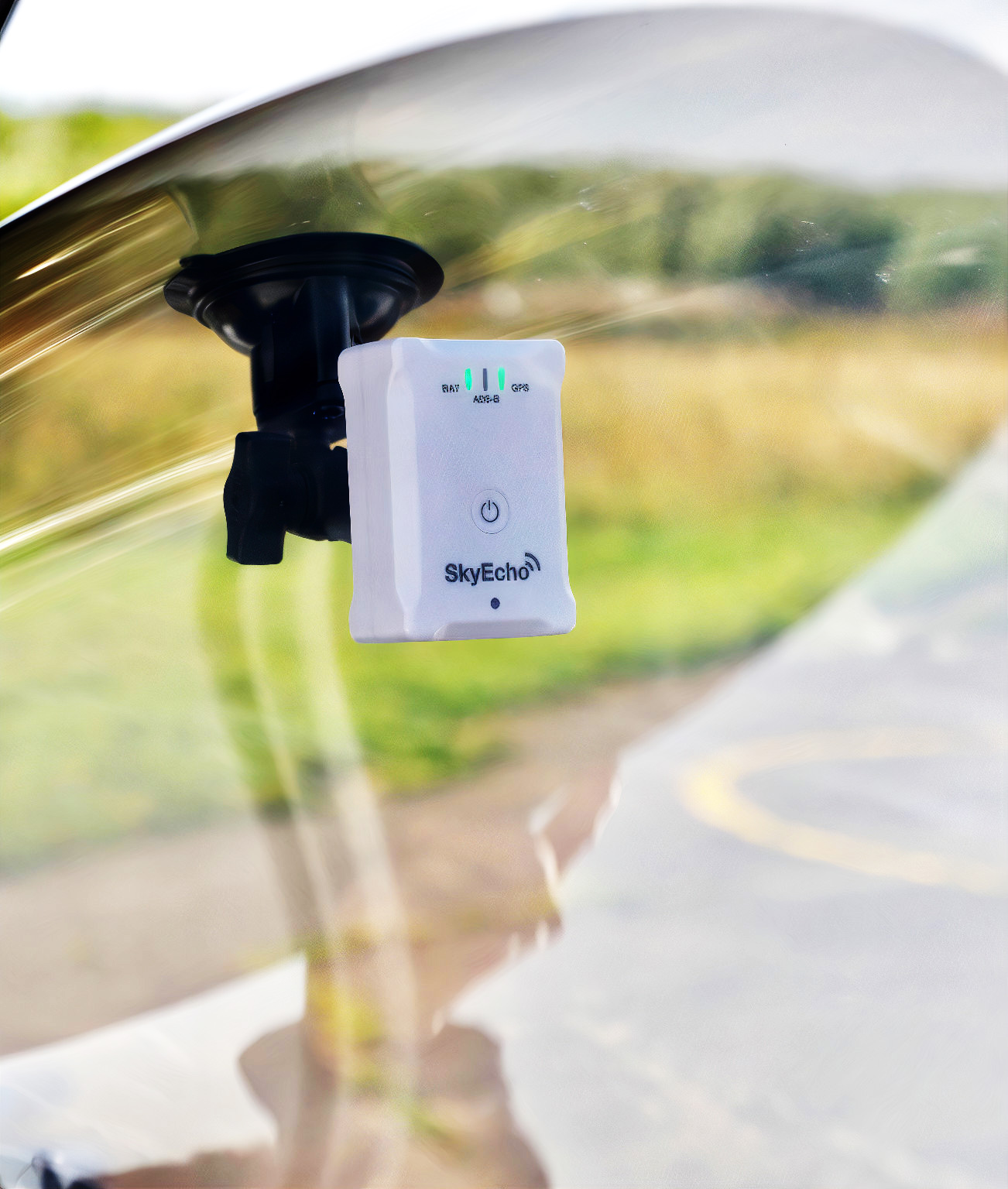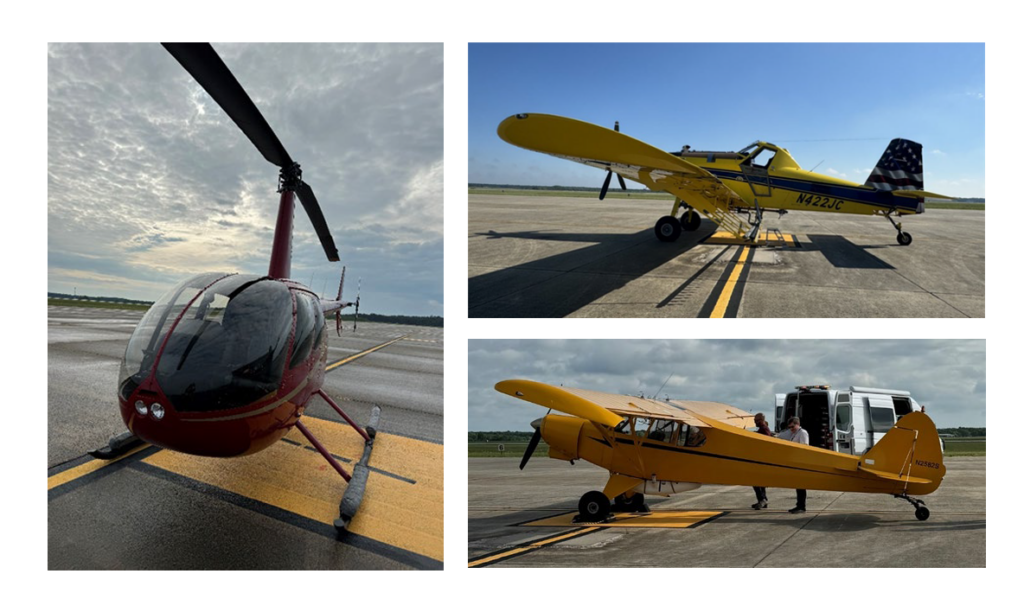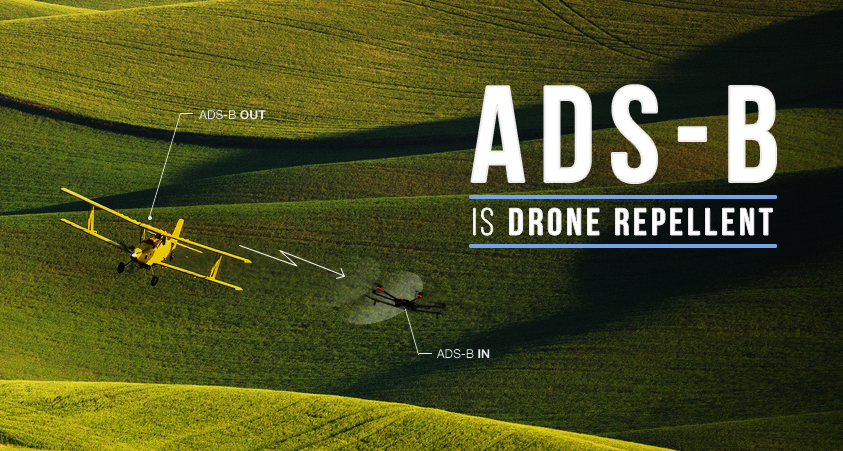Proven, Portable, and Perfectly Positioned: EC for Today’s Airspace

The Invisible Aircraft at the Highest Risk
Since the FAA’s ADS-B Out mandate took effect in January 2020, much of the focus has been on compliance and the benefits delivered to Class A, B, and C airspace and operations above 10,000 feet. But there is a vast swath of U.S. airspace where these requirements don’t apply. According to the FAA’s own equipage data, there remain an estimated 20,000 to 30,000 general aviation aircraft and helicopters that are not equipped with ADS-B Out—aircraft that primarily operate at low altitudes, outside of the mandatory zones defined under 14 CFR 91.225 and 91.227.
These unequipped aircraft are precisely those most at risk: flying in rural, uncontrolled airspace where traffic density is increasing due to the integration of uncrewed aircraft systems (UAS), ag operations, and other low-level flight activities. And yet, these aircraft remain invisible to each other without a mechanism for electronic visibility.
The Promise of Portable EC
“Electronic Conspicuity (EC) offers a compelling and immediate solution. Unlike certified ADS-B Out systems, EC devices can be portable, cost-effective, and installed without modification to the aircraft. They can be turned on and off, powered by a USB port or battery, and broadcast anonymous 978 MHz UAT signals that can be received by other aircraft and portable ADS-B In receivers such as ForeFlight Sentry.” – Christian Ramsey, uAvionix
EC devices directly address the most common objections to installing certified ADS-B Out systems. They are affordable, support anonymous mode, and can be turned on or off at the operator’s discretion. As voluntary systems, they respect pilot autonomy and operational needs. And because they broadcast anonymously, EC devices help guard against improper or non-safety uses of ADS-B data, such as enforcement actions or landing fee assessments. However, it’s important to note that portable ADS-B Out systems are not currently approved by the FAA. This lack of formal approval underscores the importance of testing and validation—which leads us directly to the FAA’s recent evaluation.
The FAA Put It to the Test
In a recently released report, the FAA conducted a series of evaluations on portable EC systems, using representative GA aircraft including a PA-18 Super Cub, a Cessna 172, and a Robinson R44. The tests examined antenna placement, airframe obstruction effects, and signal range, both on the ground and in flight. The full report is linked here for transparency and review.
The objective results speak volumes. Even in “worst-case” antenna placements, the devices maintained multi-mile range performance. Aircraft with externally mounted antennas, particularly in vertical orientation, showed optimal coverage. Airframe shadowing was observed but never eliminated reception. The conclusion: EC works, even under less-than-ideal conditions.

What the Report Really Shows
While the FAA’s report frames the results in the context of potential ATC use, the true value lies in air-to-air deconfliction. The goal of EC was never to replace ATC surveillance, but to supplement it where it doesn’t exist. In rural, uncontrolled, and low-altitude airspace, EC provides precisely the capability that the unequipped majority of aircraft need.
In every tested configuration, the FAA’s report confirmed that EC systems provide meaningful, actionable range. Pilots using portable ADS-B In receivers would be able to detect nearby traffic in time to see and avoid. That is the purpose. That is the point.
Filling the Gaps the Mandate Leaves
ADS-B Out is required only in controlled, higher-density airspace. But many mid-air collisions occur elsewhere—in uncontrolled, low-altitude environments. Portable EC helps fill that gap. And because these systems are voluntary, private, and affordable, they are deployable today without regulatory entanglement.
An Opening for UAT Revival
As more certified aircraft transition to 1090 MHz transponders due to international compatibility and equipment modernization, the 978 MHz UAT spectrum—originally designated to avoid congestion—is increasingly underutilized. This opens the door for new uses, including portable EC for GA and low-power ADS-B Out solutions for UAS operations.
With UAT spectrum seeing declining use from certified aircraft, a new window opens. Portable EC and low-power UAS transmitters can now share 978 MHz without the same interference concerns that once constrained the FAA’s position. International regulators are already moving in this direction; the UK CAA, for example, has authorized UAT-based EC for both crewed and uncrewed aircraft.
In the U.S., the pieces are aligning. Spectrum is available. Technology is proven. And the FAA has now validated what EC advocates have long known: these devices work, and they work well.
See and Be Seen, Voluntarily
The FAA’s report doesn’t just validate performance; it validates purpose. Portable EC provides an immediate safety enhancement in the very parts of the airspace that are currently underserved by existing surveillance infrastructure. It offers a pathway to cooperative flight without mandates, without permanent installations, and without compromise.
Whether you’re a GA pilot flying outside the Mode C veil or a helicopter operator on rural survey runs, the time for EC is now. See and be seen. It’s that simple.
About uAvionix
uAvionix is a global leader in avionics and airspace surveillance solutions, delivering innovative ADS-B products and integrated surveillance technologies designed to enhance aviation safety and operational efficiency for both crewed and uncrewed aircraft.


